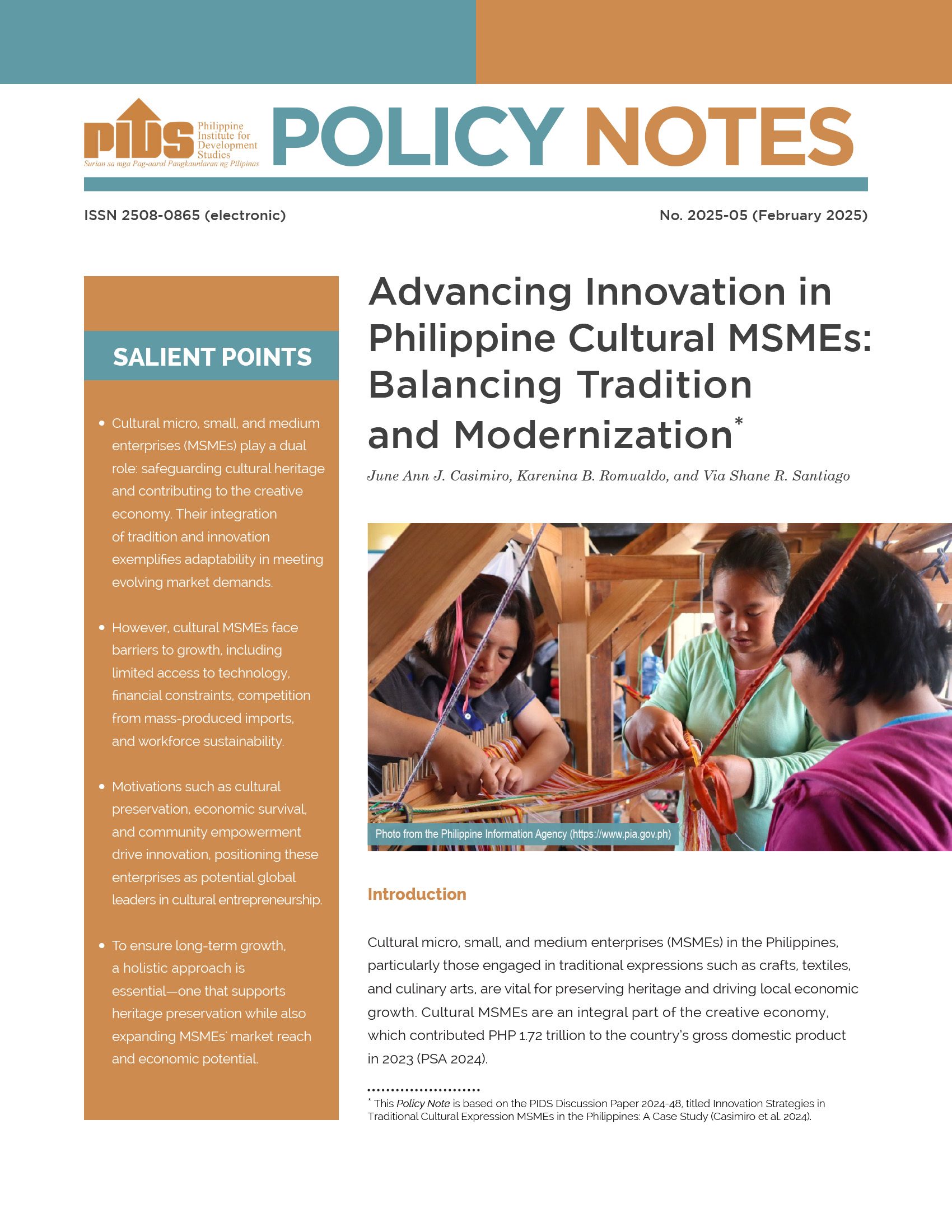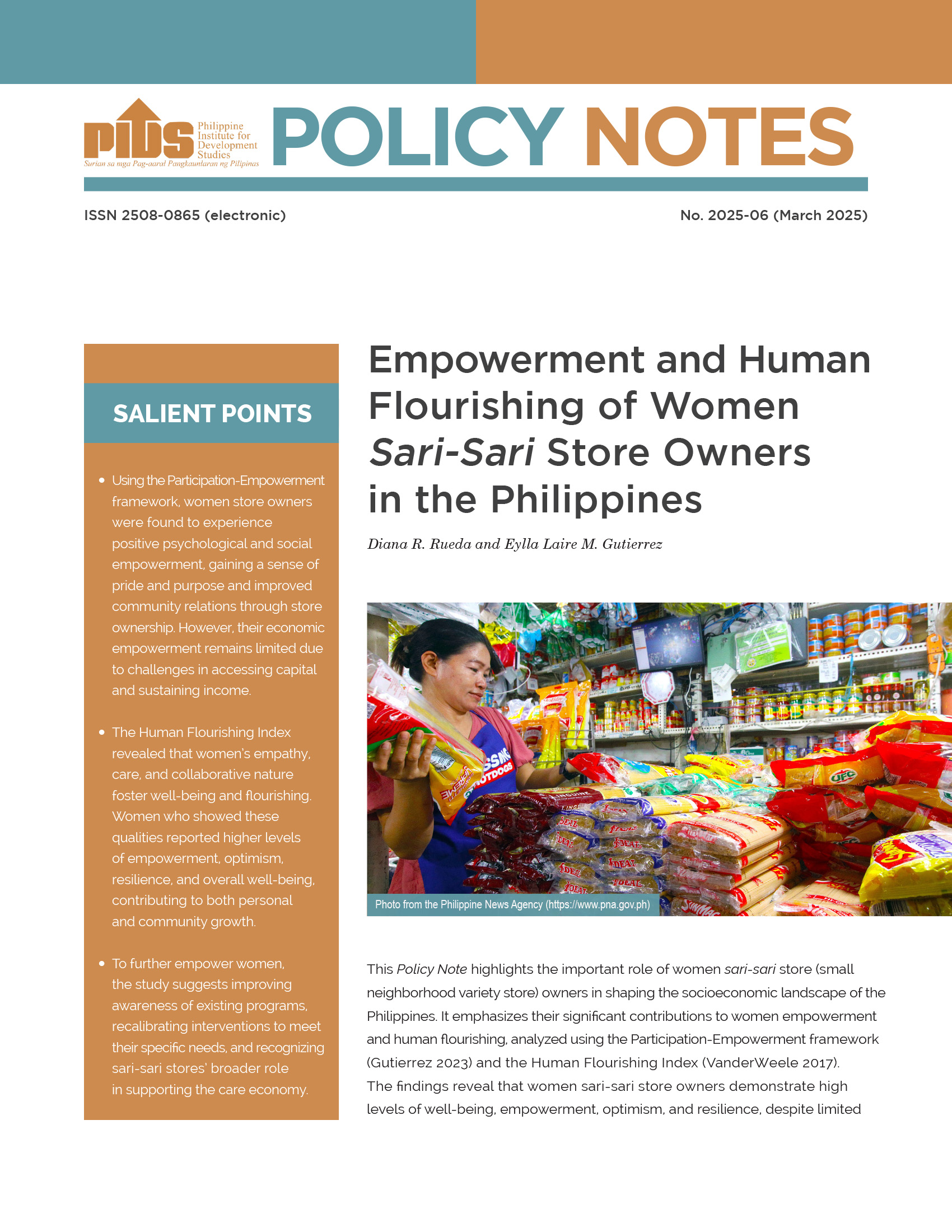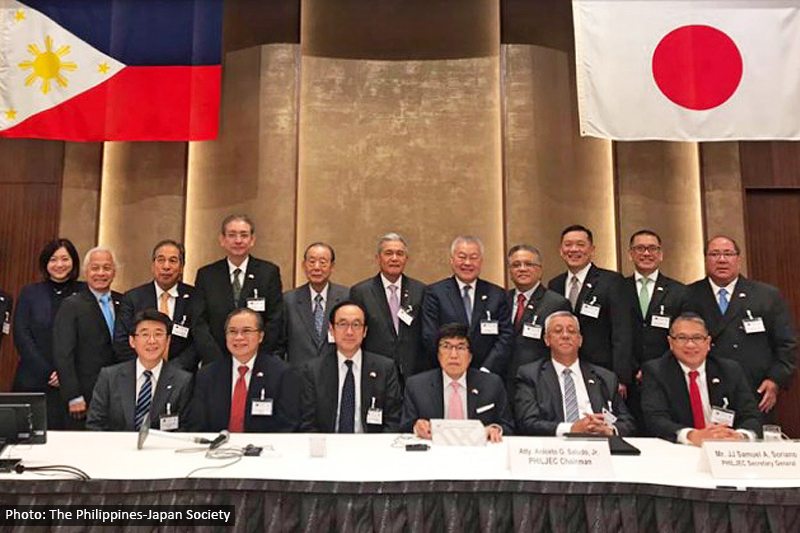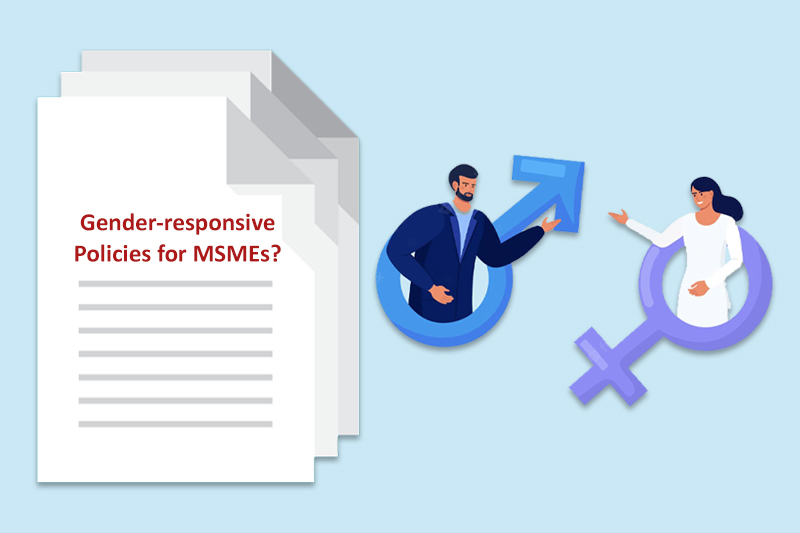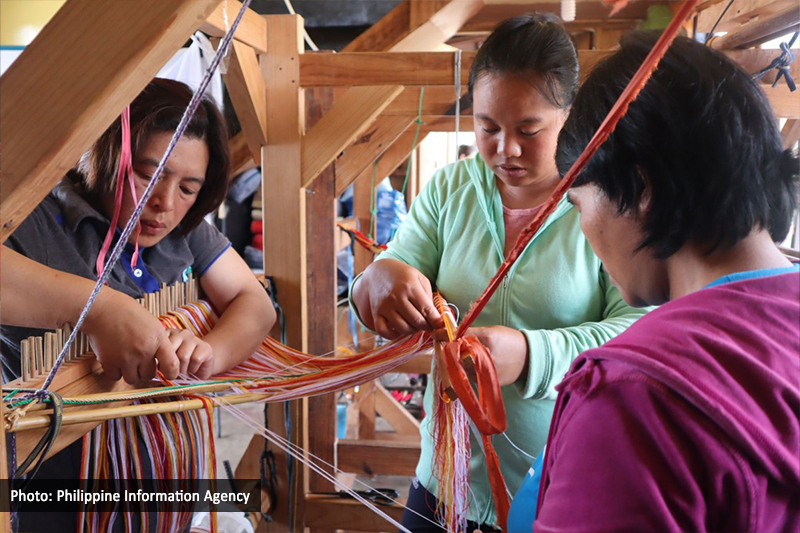The country’s spending on innovation falls way below global standards, resulting in an inadequate number of technical professionals and slow adaption to new technologies, according to state-run think tank Philippine Institute for Development Studies (PIDS).
During a recently held forum titled “Measuring and Examining Innovation in Philippine Business and Industry,” PIDS senior research fellow Jose Ramon Albert said the country needs to increase spending on research and development (R&D) and ease restrictive regulations that hamper innovation.
While the Philippines has had a slight increase in R&D expenditure as a percentage of the gross domestic product (GDP) in recent years, it spends only less than a fifth of one percent of the GDP,” he said.
He noted the recommendation of the United Nations Educational, Scientific and Cultural Organization for developing countries to spend one percent of their GDP on R&D. The Philippines’ spending level currently falls below that of Singapore (2.4 percent), Malaysia (1.3 percent) and even that of Thailand (0.5 percent) and Vietnam (0.2 percent).
The Philippines ranked low in the 2017 Global Innovation Index (GII), placing 73rd among 127 countries. The GII is an annual ranking of countries based on capacity and success. It is jointly published by Cornell University, European Institute of Business Administration, and World Intellectual Property Organization.
Albert said the country’s poor ranking could be attributed to the low amount of public expenditures on research and development (R&D), inadequate number of research scientists and engineers, inadequate number of research scientists and engineers, inadequate infrastructure, restrictive regulations that hamper the conduct of research, and weak linkages between firms engaged in innovation activities, government and academe.
To foster innovation in the Philippines, Albert stressed the importance of human capital investment.<
R&D spending will have little impact without a vast pool of well-trained engineers and scientists, and human resources. For instance, China’s progress can be partly attributed to its decision to open up to innovation and invest in human capital,” he said.
Albert also recommended providing financial and training support to micro, small, and medium enterprises (MSMEs). He noted, however, that the provision of assistance should be targeted.
The government, he said, should also update regulations to suit the changing business and technological environment so the public can benefit from the use of innovative products.
One can only look at the current regulatory scrutiny of the Land Transportation Franchising and Regulatory Board (LTFRB) over Grab and Uber, as an example. Regulators and legislators have to seriously examine the extent to which regulations are becoming barriers to innovation and encouraging monopolistic positions in a market,” said Albert.
Albert enjoined the government to focus on removing barriers and bottlenecks to innovative initiatives in regulatory frameworks, providing meaningful and impactful support to innovators and investing in required technology infrastructure.
During a recently held forum titled “Measuring and Examining Innovation in Philippine Business and Industry,” PIDS senior research fellow Jose Ramon Albert said the country needs to increase spending on research and development (R&D) and ease restrictive regulations that hamper innovation.
While the Philippines has had a slight increase in R&D expenditure as a percentage of the gross domestic product (GDP) in recent years, it spends only less than a fifth of one percent of the GDP,” he said.
He noted the recommendation of the United Nations Educational, Scientific and Cultural Organization for developing countries to spend one percent of their GDP on R&D. The Philippines’ spending level currently falls below that of Singapore (2.4 percent), Malaysia (1.3 percent) and even that of Thailand (0.5 percent) and Vietnam (0.2 percent).
The Philippines ranked low in the 2017 Global Innovation Index (GII), placing 73rd among 127 countries. The GII is an annual ranking of countries based on capacity and success. It is jointly published by Cornell University, European Institute of Business Administration, and World Intellectual Property Organization.
Albert said the country’s poor ranking could be attributed to the low amount of public expenditures on research and development (R&D), inadequate number of research scientists and engineers, inadequate number of research scientists and engineers, inadequate infrastructure, restrictive regulations that hamper the conduct of research, and weak linkages between firms engaged in innovation activities, government and academe.
To foster innovation in the Philippines, Albert stressed the importance of human capital investment.<
R&D spending will have little impact without a vast pool of well-trained engineers and scientists, and human resources. For instance, China’s progress can be partly attributed to its decision to open up to innovation and invest in human capital,” he said.
Albert also recommended providing financial and training support to micro, small, and medium enterprises (MSMEs). He noted, however, that the provision of assistance should be targeted.
The government, he said, should also update regulations to suit the changing business and technological environment so the public can benefit from the use of innovative products.
One can only look at the current regulatory scrutiny of the Land Transportation Franchising and Regulatory Board (LTFRB) over Grab and Uber, as an example. Regulators and legislators have to seriously examine the extent to which regulations are becoming barriers to innovation and encouraging monopolistic positions in a market,” said Albert.
Albert enjoined the government to focus on removing barriers and bottlenecks to innovative initiatives in regulatory frameworks, providing meaningful and impactful support to innovators and investing in required technology infrastructure.


